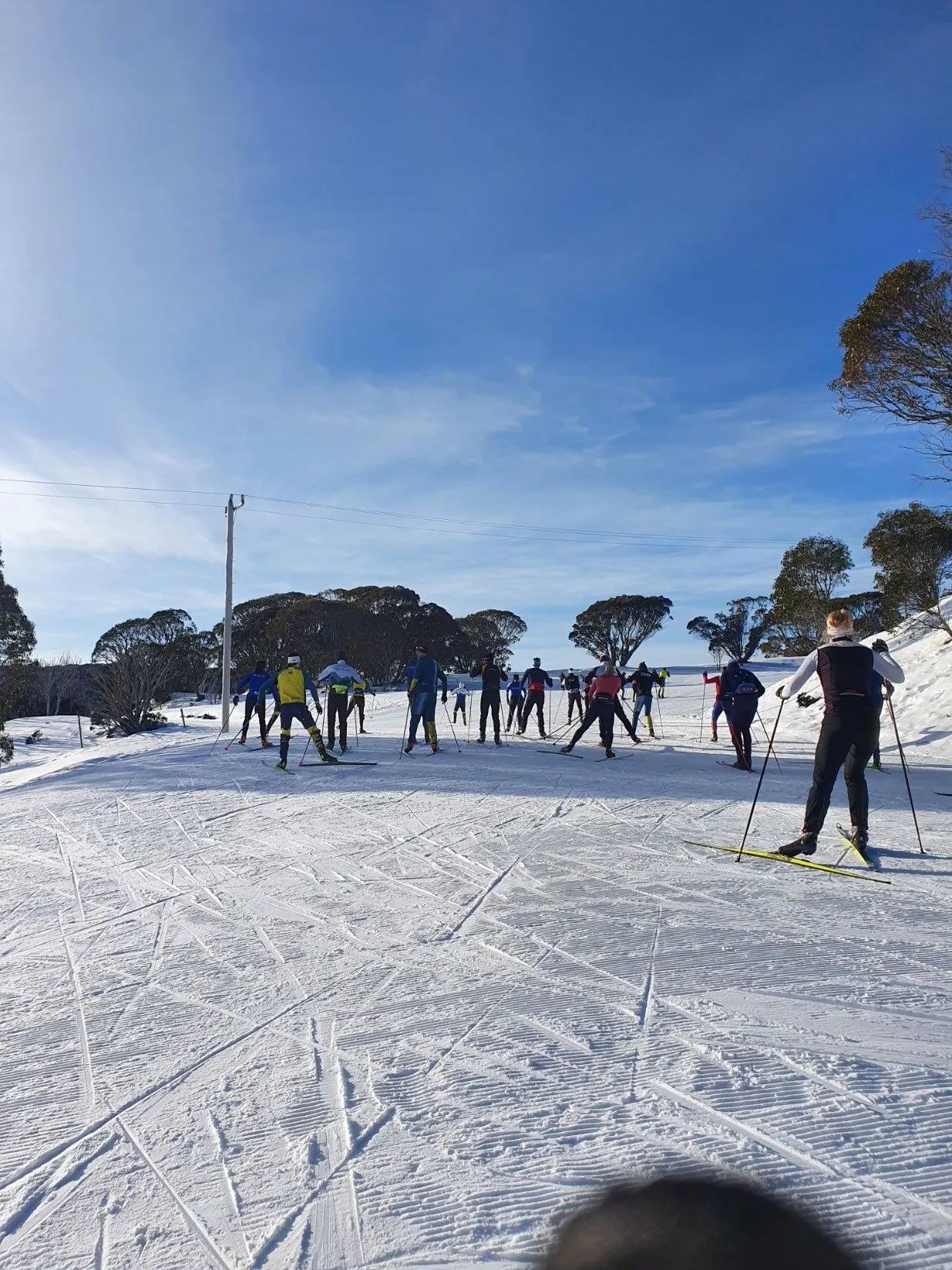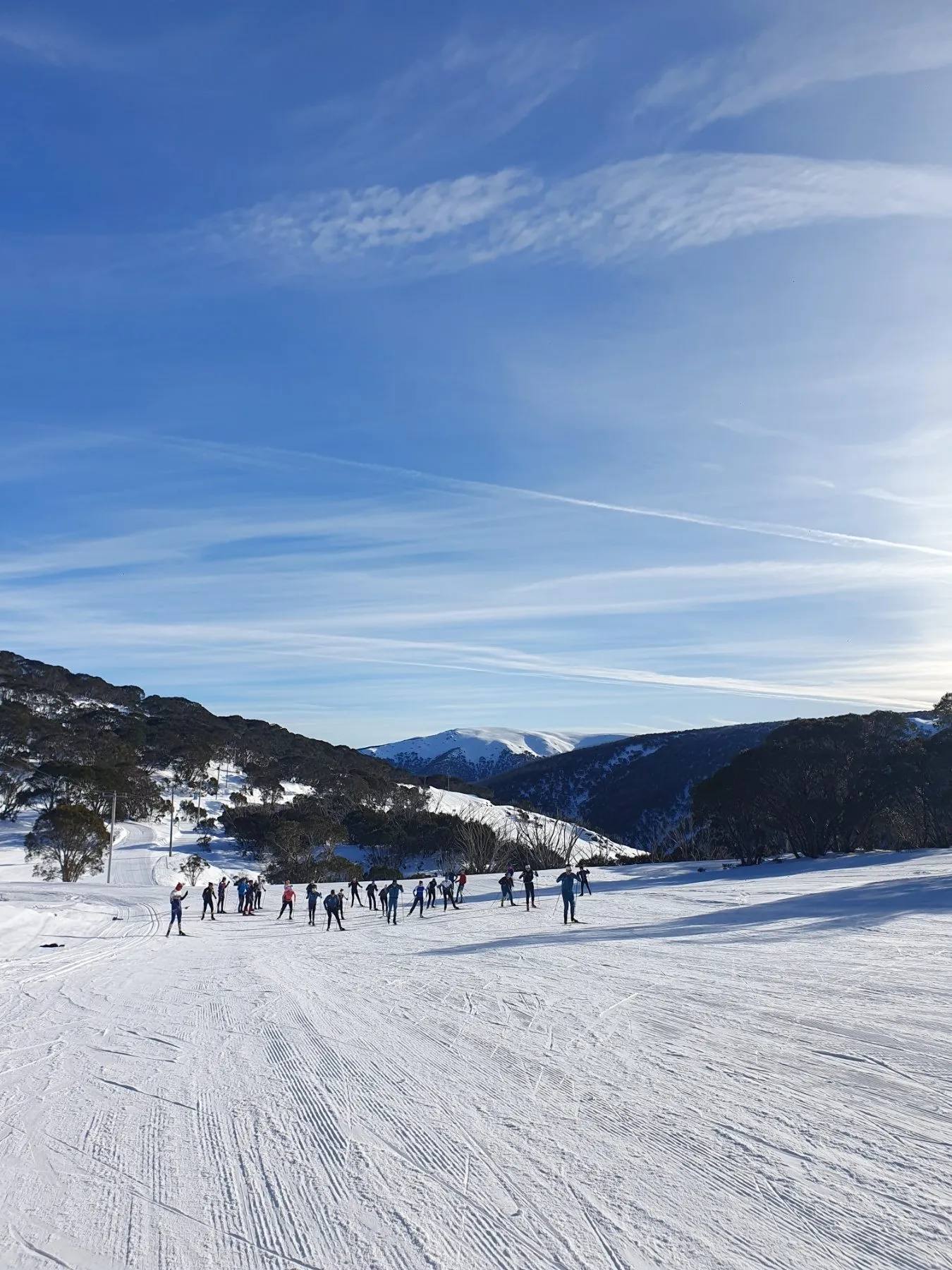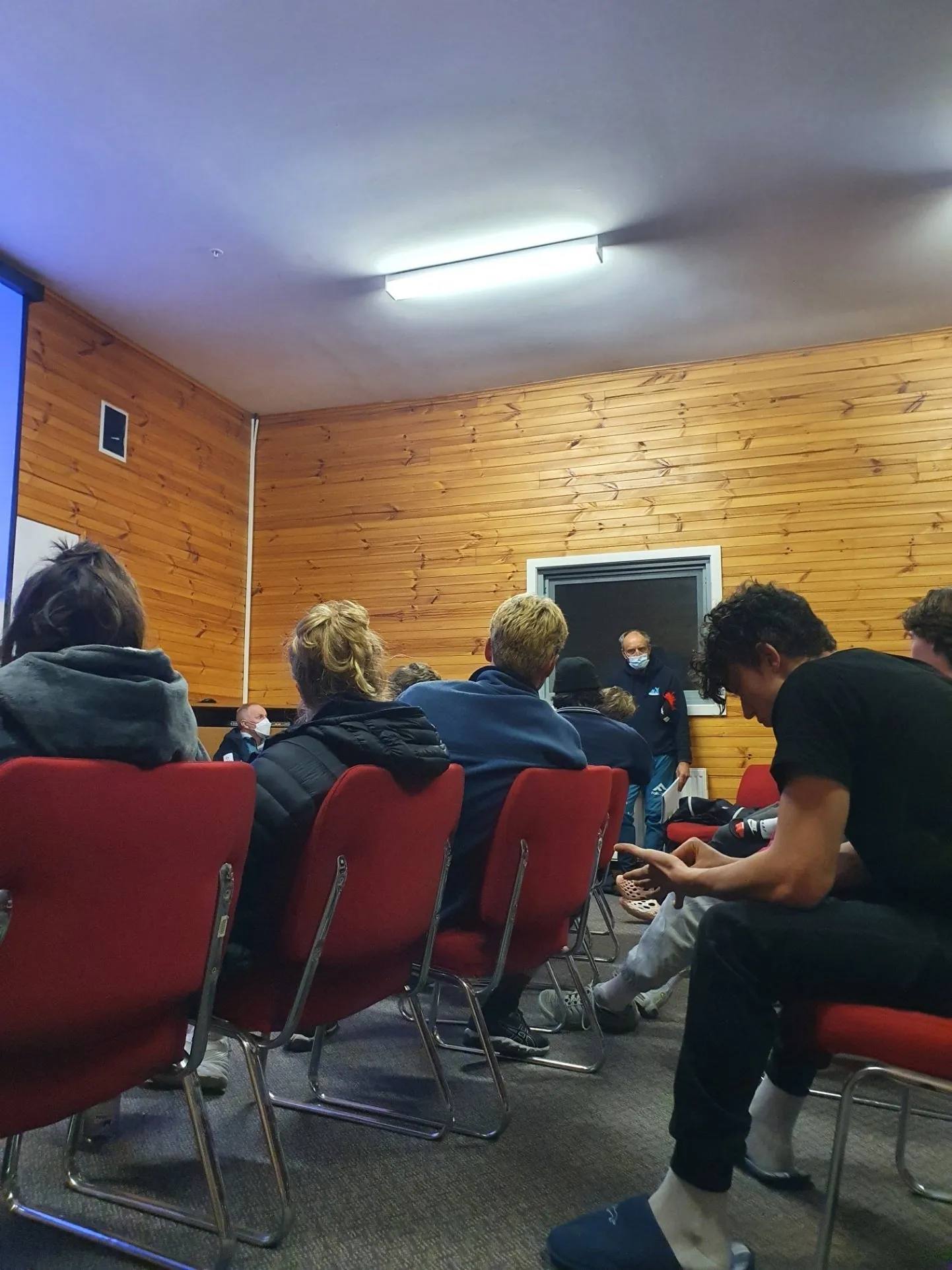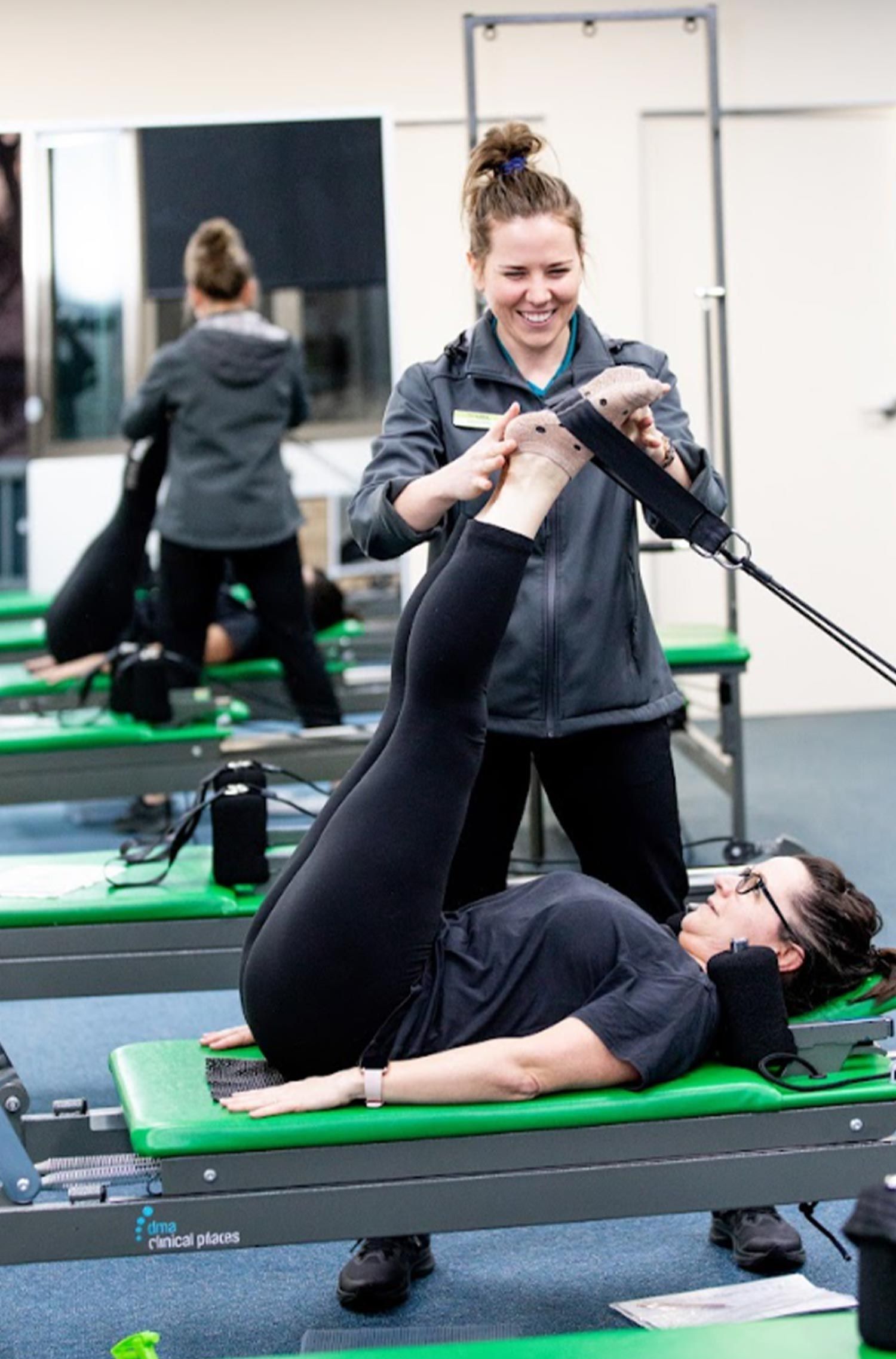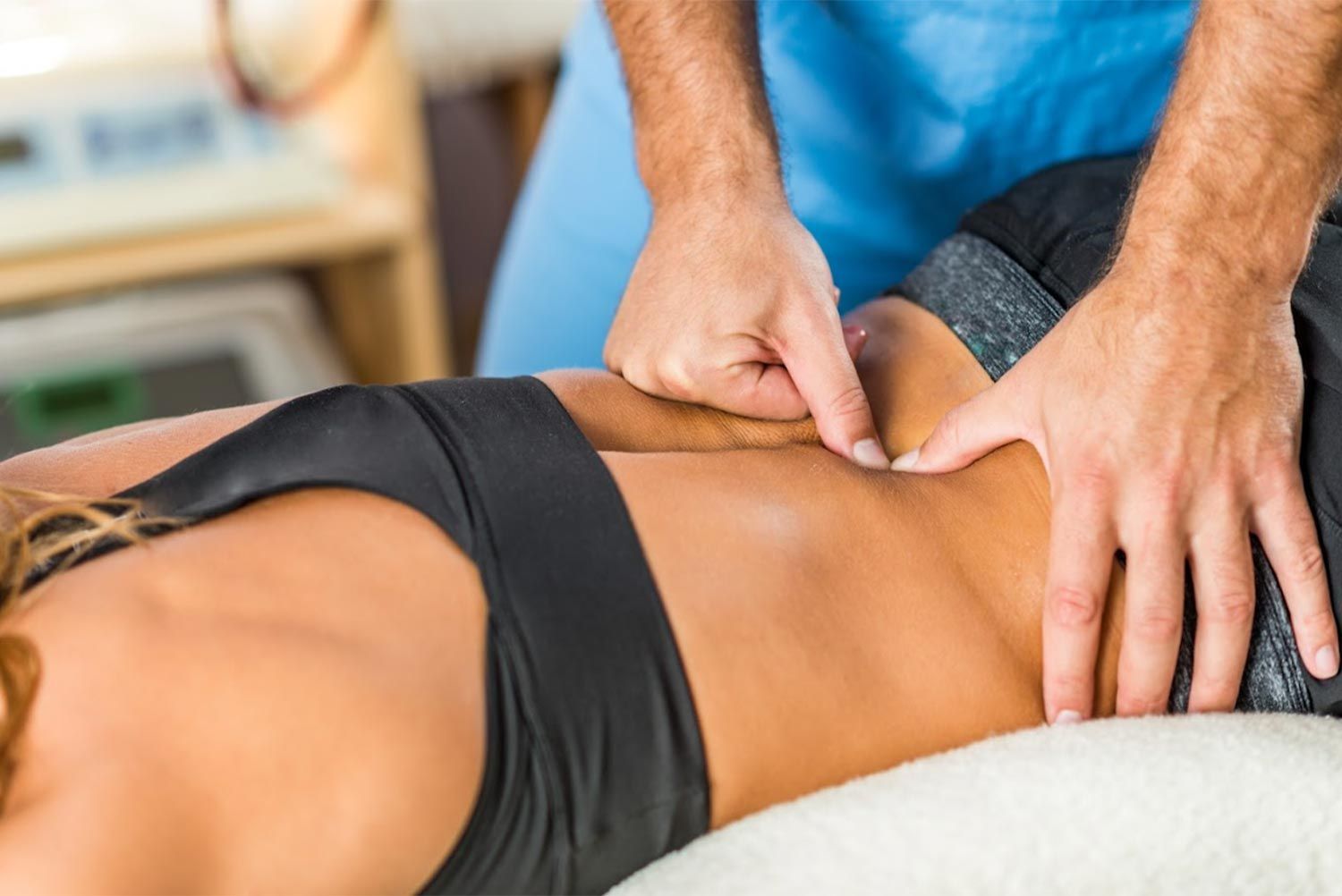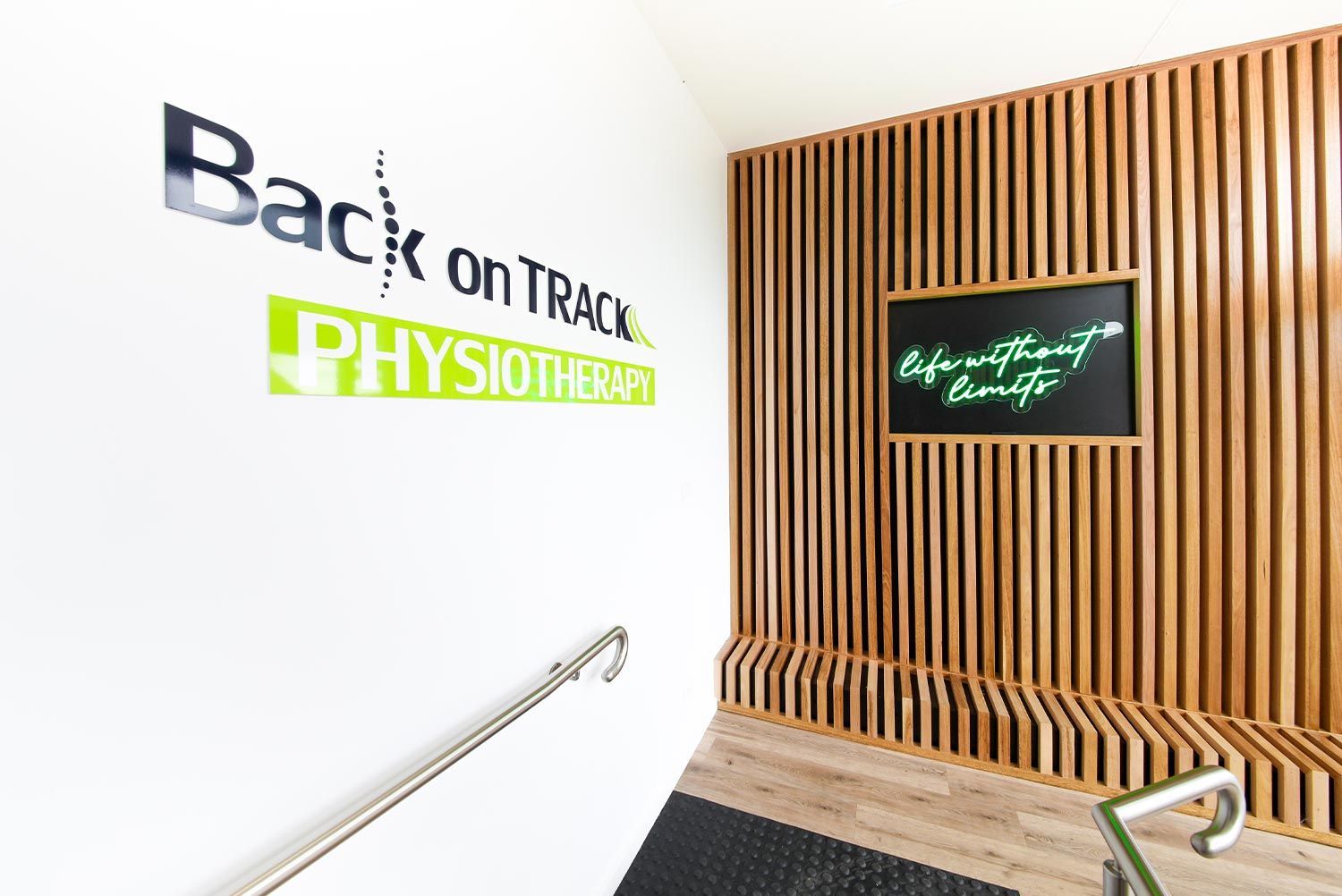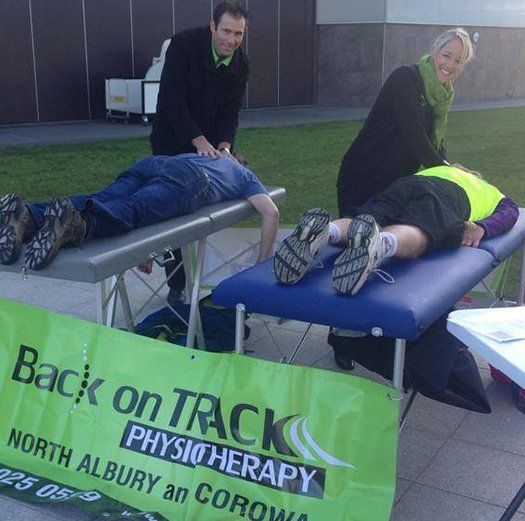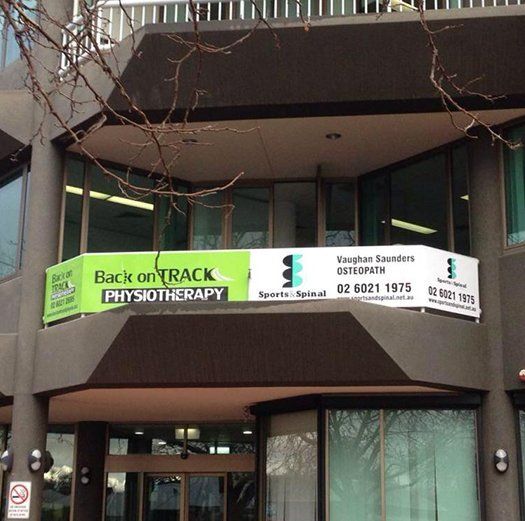Ski Blog
Ski Blog
Each day, the athletes would go for a 30 minute trail run / exercises before breakfast, then head up to the slopes for 2.5hrs of training, followed by lunch and Physio, then back on snow from 3-5pm for more training and skills. Unlike sports such as AFL, netball, soccer, or swimming, to observe the Athletes in action and assess technique on snow, you need to ski and train alongside them. Being a downhill skier myself, this was very challenging for my very basic cross-country skill set, but I’m sure a good laugh for the athletes.
The Physio work on this camp was different to the typical in-clinic work I’ve worked in for last seven months. We’d chat with the athletes during training and ask them how they were feeling. If they felt like they weren’t as powerful with a push and glide on the left leg as the right for example, we’d get them back in during Physio hours and assess their movement and look for strength and functional deficits that correlated to what they were feeling / experiencing on snow. We’d help put together a small exercise program or stretches to assist with their cross-country technique and improve speed, efficiency, and limit fatigue on snow.
On the first night, all athletes and coaching staff came together for an interesting discussion led by the head coach. The presentation was on training systems, training mechanisms and why they train the way they do. We discussed measures such as the athletes’ Vo2 max, lactate levels and strength tests and how these aid in designing an athletes training schedule, intensity, and duration of training. I found it very interesting to hear the research and analysis around training for a sport that is so varied in speed and intensity as well as power and endurance throughout a singular race.
Across the two days we held individual discussions with the athletes regarding their previous injury history, what they might be dealing with currently and how they feel they are performing. We took measurements related to muscle length and strength and began the creation of a logbook. This means that consistency of care for these athletes can be better provided across multiple health team members.
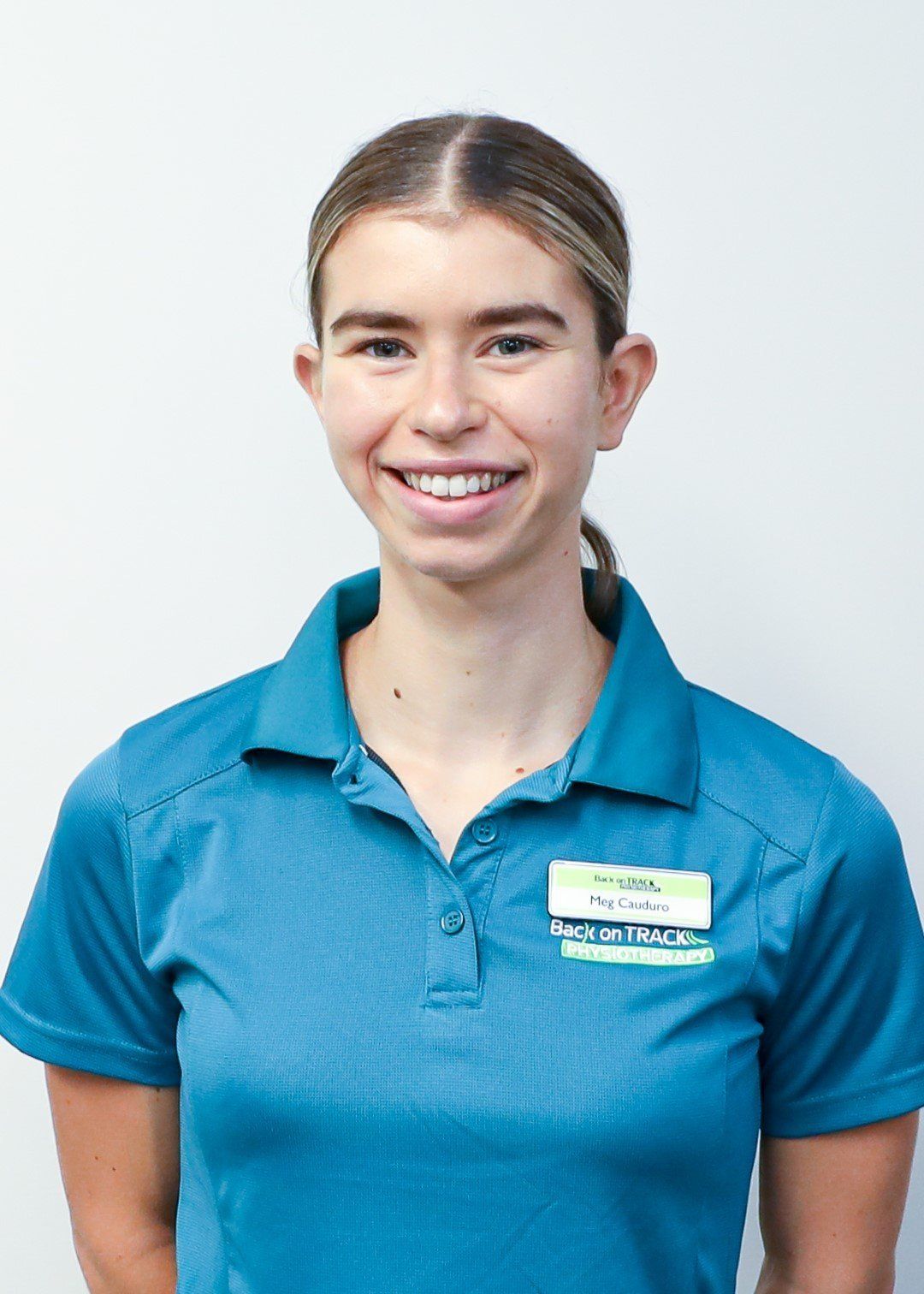
Meg Cauduro



